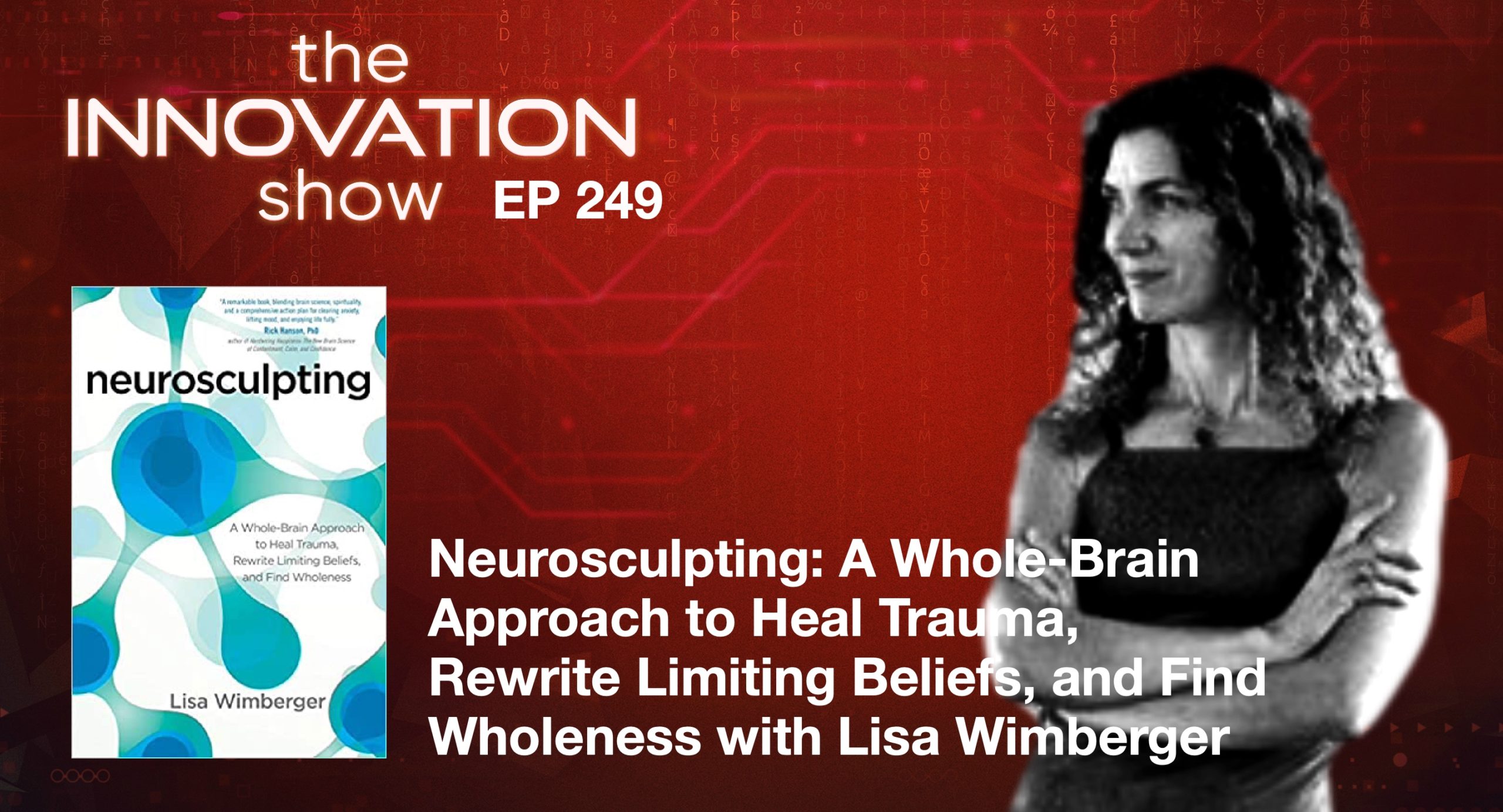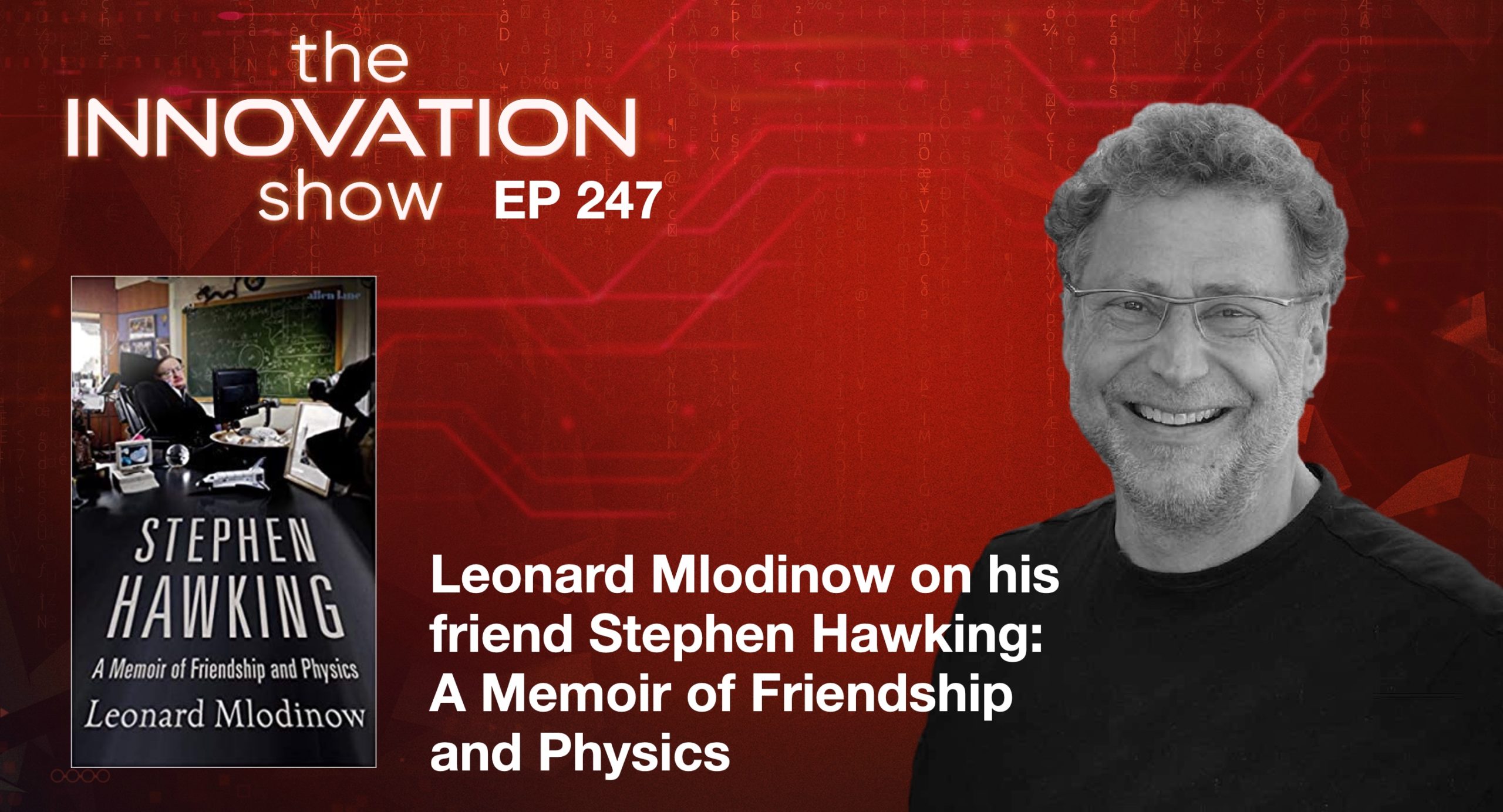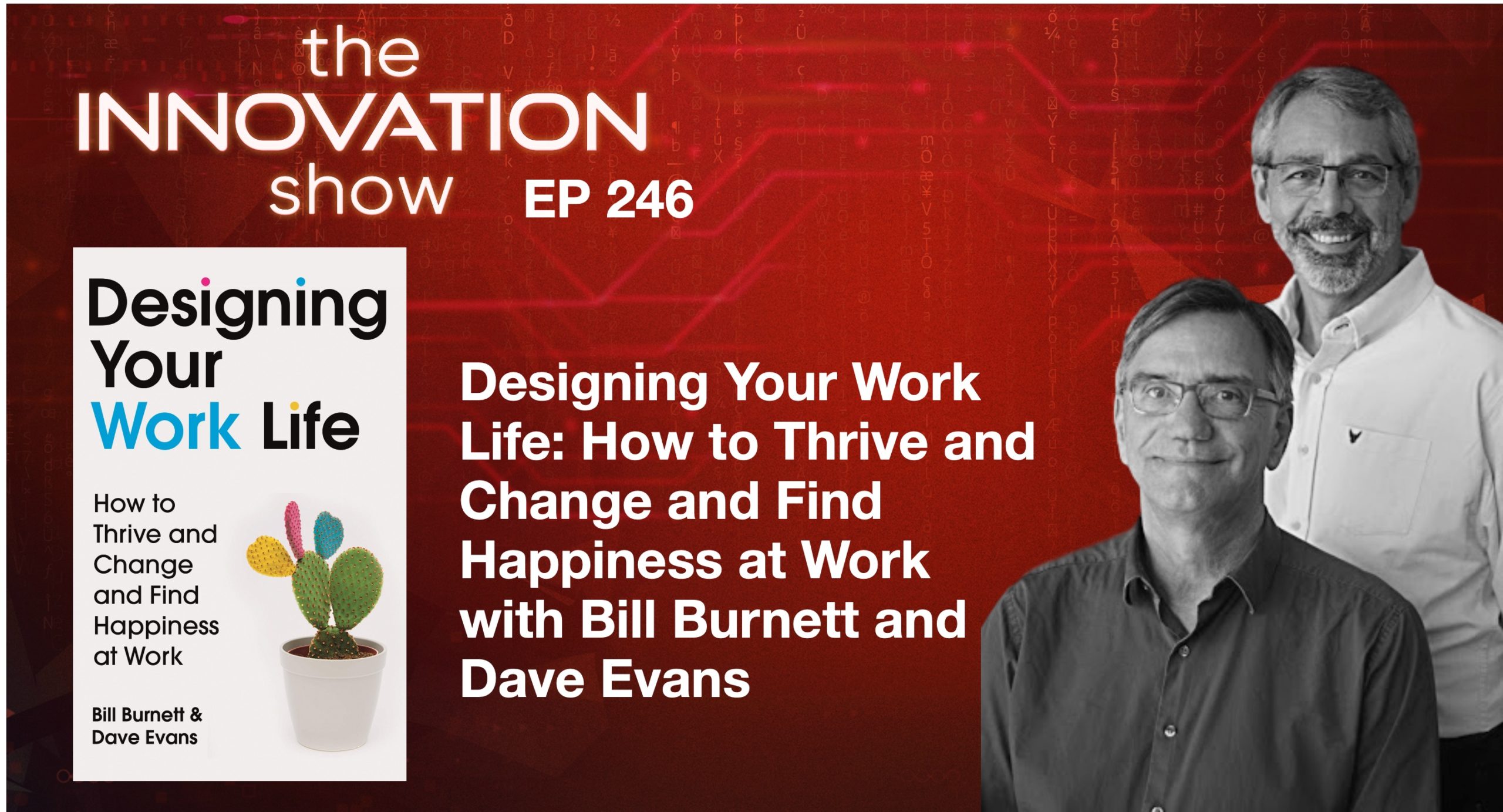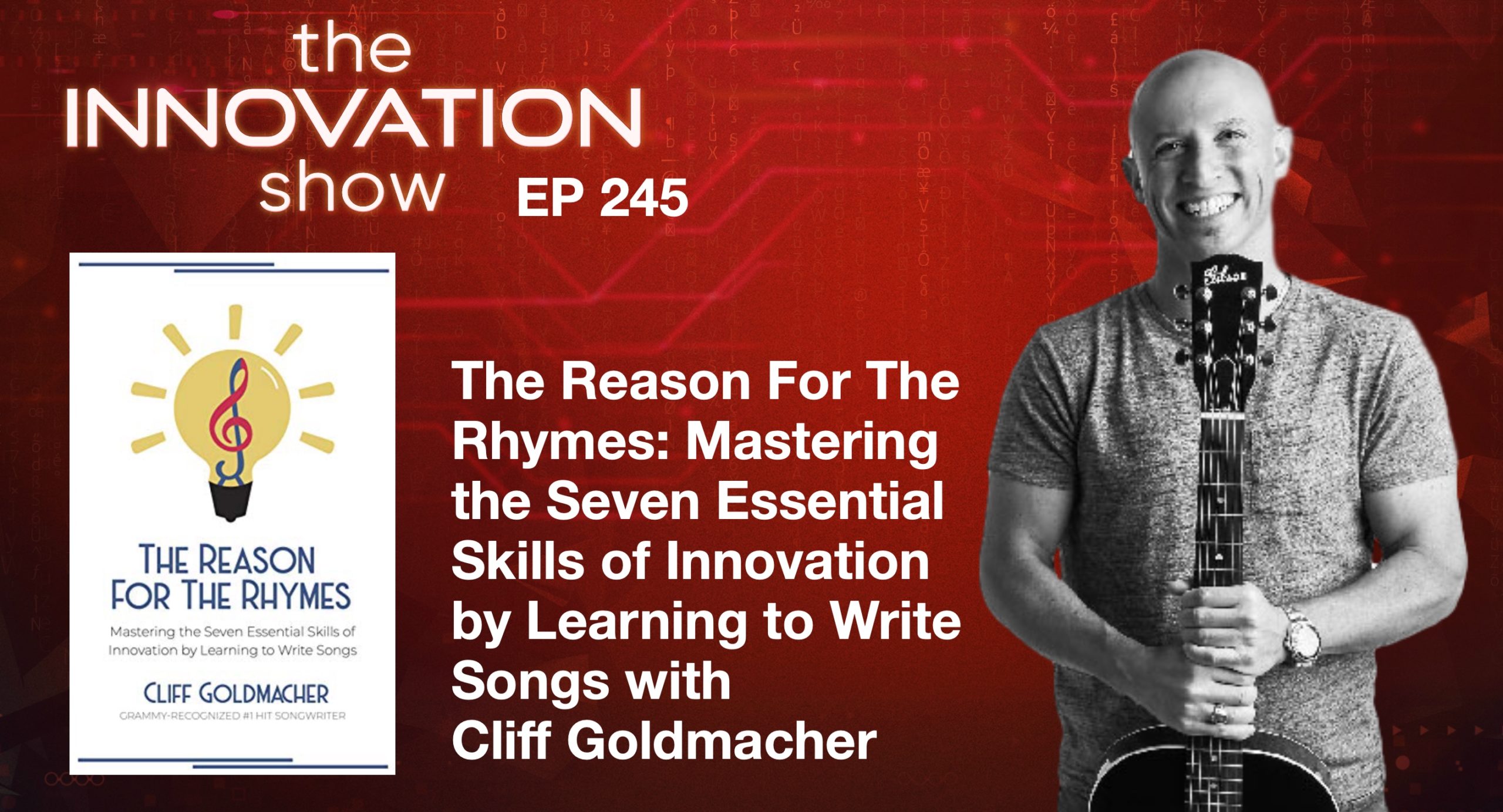
EP 250: My Creative Space: How to Design Your Home to Stimulate Ideas and Spark Innovation with Donald M. Rattner
For over twenty years, scientists have been discovering connections between our physical surroundings and the creative mind. Today’s book is the first to turn this rich trove of psychological research into practical techniques for shaping a home that will boost your creativity. We welcome Donald Rattner, the author of My Creative Space: How to Design Your Home to Stimulate Ideas and Spark Innovation.







